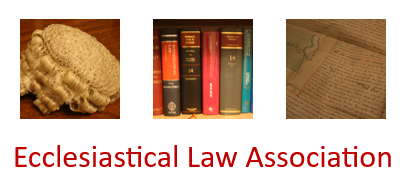The Chancellor considered two petitions: (1) a petition by the deceased's partner to replace a memorial installed without authority by the deceased's son, and (2) a petition by the Archdeacon to replace the existing memorial with a memorial containing only the names and dates of birth and death of the deceased. The Chancellor had asked the Archdeacon to petition, so that, in default of an agreement between the parties as to a replacement memorial, the Chancellor was able to grant a faculty for a memorial with no contentious inscription. The Chancellor granted a faculty on petition (1), on the basis of an amended inscription agreed by the parties, and granted a faculty in relation to petition (2) in case the proposed memorial approved under petition (1) was not installed.

